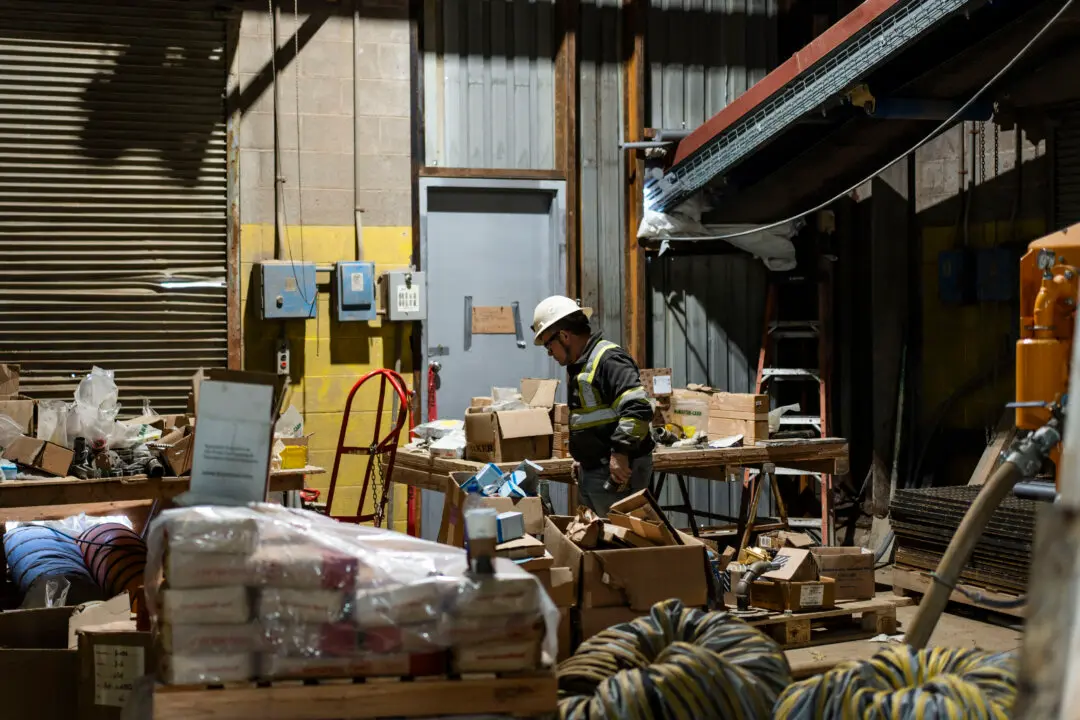Italian prosecutors have launched a criminal investigation into the Aug. 14 Genoa bridge collapse, which left at least 38 people dead.
Engineering experts are warning that “tens of thousands” of structures in Italy are at risk after the disaster, which was described by one witness as apocalyptic.




